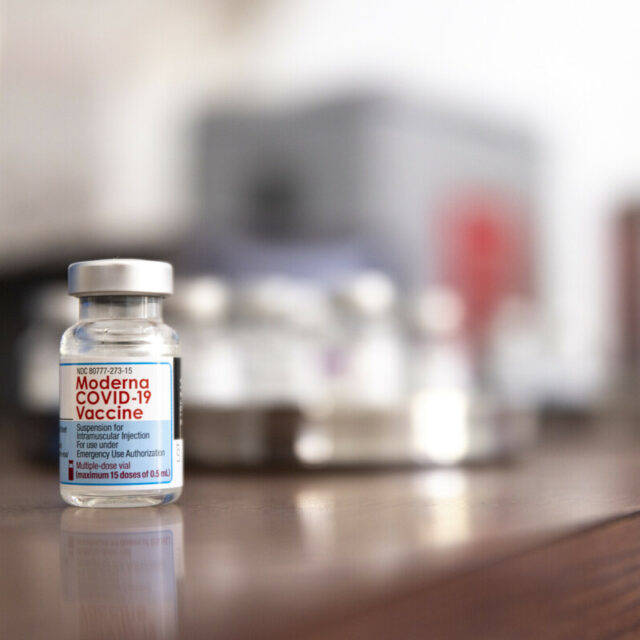Did you know that tuberculosis is the second leading infectious disease cause of death after COVID-19? Or that before the discovery of the actual cause of tuberculosis, the disease was thought to be hereditary?
As the global fight to end tuberculosis continues, here are seven facts you need to know about the disease.
10 million people were living with tuberculosis in 2020
In 2020, it was estimated that 10 million people fell ill with tuberculosis worldwide. And in that same year, 1.5 million people died from TB. Cases are concentrated in countries with high burdens of TB: 30 countries accounted for 86% of new TB cases in 2020, and two-thirds of new cases were in just eight countries.
There are distinctions between two types of tuberculosis infections
Tuberculosis is caused by bacteria in the lungs, and when diagnosing a patient with tuberculosis, doctors must decipher whether the patient has latent TB or active TB. Active TB means that the infection can be transmitted to others and makes the individual who has it sick. This type of infection can happen weeks or years after contracting the bacteria.
Latent TB is a tuberculosis infection where there are no symptoms and the bacteria is inactive. This type of tuberculosis infection is not contagious, but treatment is still crucial, as it can become an active infection.
Tuberculosis spreads through the air
Tuberculosis spreads between people through the air. Since the disease impacts the lungs, those suffering from tuberculosis may cough, spit, or sneeze. This sends those tuberculosis germs into the air. Another person can become infected with tuberculosis if they inhale even just a few of those germs.
Symptoms can vary
If you thought the only symptom of tuberculosis was a nasty cough, then think again. Depending on whether you have latent TB or active TB, symptoms can range from fever, weight loss, night sweats, cough, chest pain, and weakness. What‘s important to note, however, is that symptoms could remain mild for months when an individual “develops an active TB disease.” This can result in delays in treatment, allowing the disease to spread to others.
People living with HIV are more likely to develop tuberculosis
Individuals living with HIV are 18 times more likely to develop active tuberculosis disease compared to people living without HIV. As HIV impacts an individual‘s immune system, it makes it harder for the body to fight off the germs that cause tuberculosis.
Those who suffer from other conditions that weaken their immune systems outside of HIV, such as diabetes, malnutrition, and more, are at a higher risk of contracting active tuberculosis as well.
Tuberculosis is treatable and curable
Despite being the second leading cause of death by an infectious disease globally, tuberculosis is treatable and curable. Depending on the overall health and age of those with an active TB infection, treatment can consist of certain antimicrobials over a specific period of time.
In fact, 66 million lives have been saved from tuberculosis through proper diagnosis and care since 2000.
You can help end tuberculosis globally
Like with HIV/AIDS and malaria, you can do your part to help end tuberculosis globally. Action and advocacy are essential to ending this preventable disease worldwide. That’s where the Global Fund to Fight AIDS, Tuberculosis, and Malaria comes in. This global player provides organizations worldwide with the tools they need to fight tuberculosis and other preventable diseases. Join us in supporting their work — learn more about how we took action for the Global Fund!



